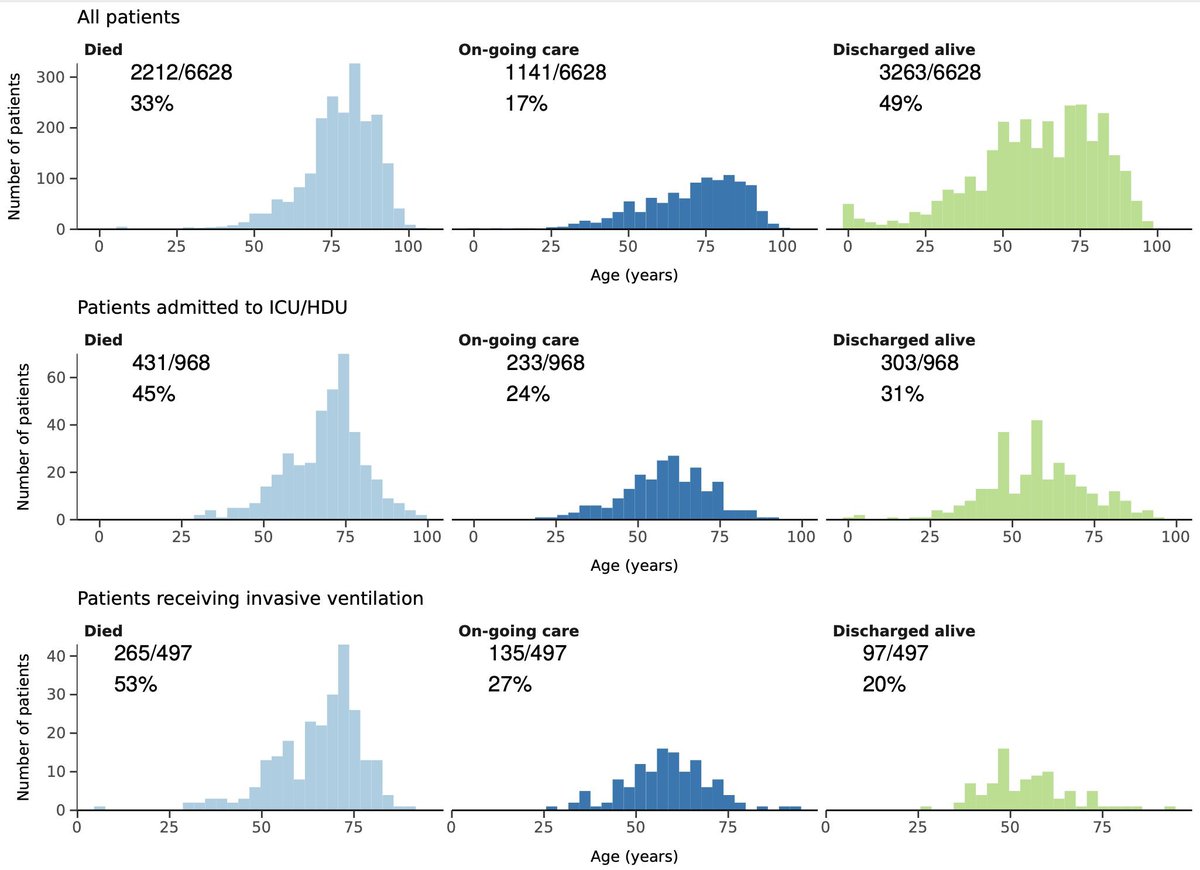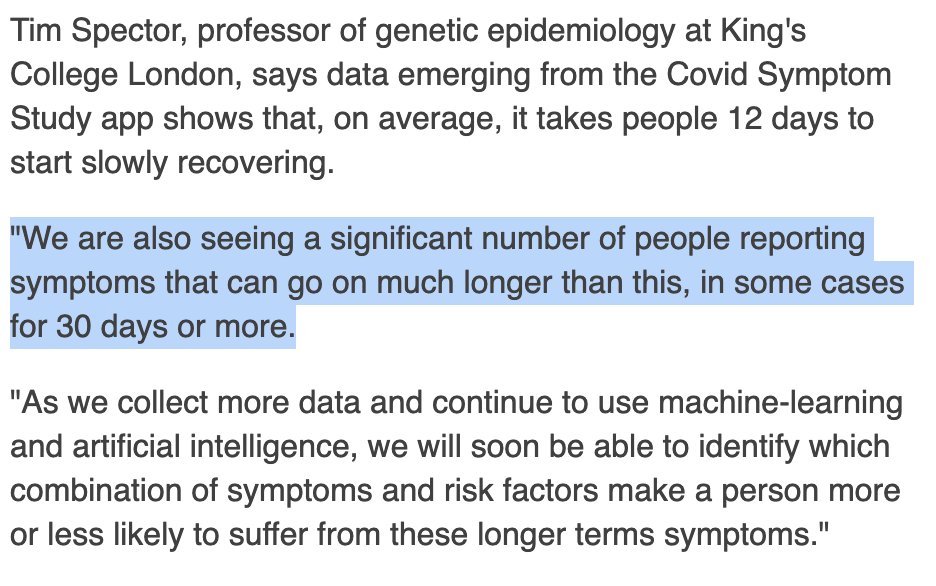For all the folks arguing COVID-19 isn’t that bad...what they are missing is that most consumer experiences aren’t that good.
You& #39;re 55. Are you going to risk serious illness for a trip to the movie theater?
You& #39;re 55. Are you going to risk serious illness for a trip to the movie theater?
You& #39;re a libertarian? OK, one way of thinking about uncontrolled COVID-19 is a tax on every transaction.
Some of your customers are risk averse. So society& #39;s inability to control the virus means that all kinds of previously cheap transactions have now soared in price.
Some of your customers are risk averse. So society& #39;s inability to control the virus means that all kinds of previously cheap transactions have now soared in price.
Think of COVID-19 as a health outage, like a power outage.
Our society is explicitly premised on the presence of electrical power. And implicitly premised on low risk of serious infectious disease.
When the health goes out, some businesses don& #39;t work. https://twitter.com/balajis/status/1256805815467425792">https://twitter.com/balajis/s...
Our society is explicitly premised on the presence of electrical power. And implicitly premised on low risk of serious infectious disease.
When the health goes out, some businesses don& #39;t work. https://twitter.com/balajis/status/1256805815467425792">https://twitter.com/balajis/s...
So this then gets to the question of: how bad is this thing really? What is the rational level of risk aversion, given the last few months of data?
Early reports from China put the median age of admitted patients at 47, with ~41% of severe cases under 50.
https://www.nejm.org/doi/full/10.1056/NEJMoa2002032">https://www.nejm.org/doi/full/...
Early reports from China put the median age of admitted patients at 47, with ~41% of severe cases under 50.
https://www.nejm.org/doi/full/10.1056/NEJMoa2002032">https://www.nejm.org/doi/full/...
The two largest Western studies I& #39;ve seen on COVID-19 demographics are below.
1) US sample: 25% of hospitalizations were under age 50
https://www.cdc.gov/mmwr/volumes/69/wr/mm6915e3.htm
2)">https://www.cdc.gov/mmwr/volu... UK sample: ~20% of hospitalizations under age 50 (from eyeballing top row of graph below)
https://www.medrxiv.org/content/10.1101/2020.04.23.20076042v1">https://www.medrxiv.org/content/1...
1) US sample: 25% of hospitalizations were under age 50
https://www.cdc.gov/mmwr/volumes/69/wr/mm6915e3.htm
2)">https://www.cdc.gov/mmwr/volu... UK sample: ~20% of hospitalizations under age 50 (from eyeballing top row of graph below)
https://www.medrxiv.org/content/10.1101/2020.04.23.20076042v1">https://www.medrxiv.org/content/1...
So that& #39;s roughly 20-25% hospitalized in the UK/US under age 50, as compared to 41% of severe cases in China under age 50.
A big difference, but not 10X different. Maybe explained by poorer health in China or older societies in the West. Or some other factor.
A big difference, but not 10X different. Maybe explained by poorer health in China or older societies in the West. Or some other factor.
Relatedly, there are a number of credible reports of long-lasting "mild" cases. We need quantitative studies of sublethal severity and long-term effects.
BBC
https://bbc.com/news/health-52548843
Guardian
https://bbc.com/news/heal... href=" https://theguardian.com/world/2020/may/01/lingering-and-painful-long-and-unclear-road-to-coronavirus-recovery-long-lasting-symptoms
BMJ
https://theguardian.com/world/202... href=" https://blogs.bmj.com/bmj/2020/05/05/paul-garner-people-who-have-a-more-protracted-illness-need-help-to-understand-and-cope-with-the-constantly-shifting-bizarre-symptoms/
Science
https://blogs.bmj.com/bmj/2020/... href=" https://sciencemag.org/news/2020/05/finally-virus-got-me-scientist-who-fought-ebola-and-hiv-reflects-facing-death-covid-19">https://sciencemag.org/news/2020...
BBC
https://bbc.com/news/health-52548843
Guardian
BMJ
Science
Finally, there& #39;s recent reports of strokes in young folks and Kawasaki-like illness in children in the US & UK.
The rate is up over previous years, BUT these are still small samples and the connection to COVID-19 is still being puzzled out. So this is https://abs.twimg.com/emoji/v2/... draggable="false" alt="🤔" title="Thinking face" aria-label="Emoji: Thinking face">
https://abs.twimg.com/emoji/v2/... draggable="false" alt="🤔" title="Thinking face" aria-label="Emoji: Thinking face">
https://twitter.com/balajis/status/1253376567004127232">https://twitter.com/balajis/s...
The rate is up over previous years, BUT these are still small samples and the connection to COVID-19 is still being puzzled out. So this is
https://twitter.com/balajis/status/1253376567004127232">https://twitter.com/balajis/s...
Putting that all together, here& #39;s current picture in US/UK:
- over-50s at highest risk
- but ~20-25% of hospitalizations are under-50s
- reports of "mild" cases that are weeks of illness
- published reports of elevated-but-still-rare serious conditions like strokes or Kawasaki
- over-50s at highest risk
- but ~20-25% of hospitalizations are under-50s
- reports of "mild" cases that are weeks of illness
- published reports of elevated-but-still-rare serious conditions like strokes or Kawasaki
So that& #39;s the state of play.
Policy-wise, other countries have controlled corona. That may yield the best long run health *and* economic outcomes.
But the US isn& #39;t implementing ideal policy. It& #39;s reopening in highly variable ways.
What then? https://twitter.com/balajis/status/1257159480816488448">https://twitter.com/balajis/s...
Policy-wise, other countries have controlled corona. That may yield the best long run health *and* economic outcomes.
But the US isn& #39;t implementing ideal policy. It& #39;s reopening in highly variable ways.
What then? https://twitter.com/balajis/status/1257159480816488448">https://twitter.com/balajis/s...
Every physical business that wants to reopen now has a set of problems. They must:
- pay for virus control (Purell, etc)
- compete with digital alternatives (theaters vs streaming)
- attract customers who suddenly have less disposable income
That& #39;s a huge set of new costs.
- pay for virus control (Purell, etc)
- compete with digital alternatives (theaters vs streaming)
- attract customers who suddenly have less disposable income
That& #39;s a huge set of new costs.
Essentially, the inability of the state to control COVID-19 has massively increased transaction costs for every physical business.
They need to buy masks, Purell, etc on top of disrupted supply chains, shifted consumer demand, and all the issues of cargo cult lockdown.
They need to buy masks, Purell, etc on top of disrupted supply chains, shifted consumer demand, and all the issues of cargo cult lockdown.

 Read on Twitter
Read on Twitter
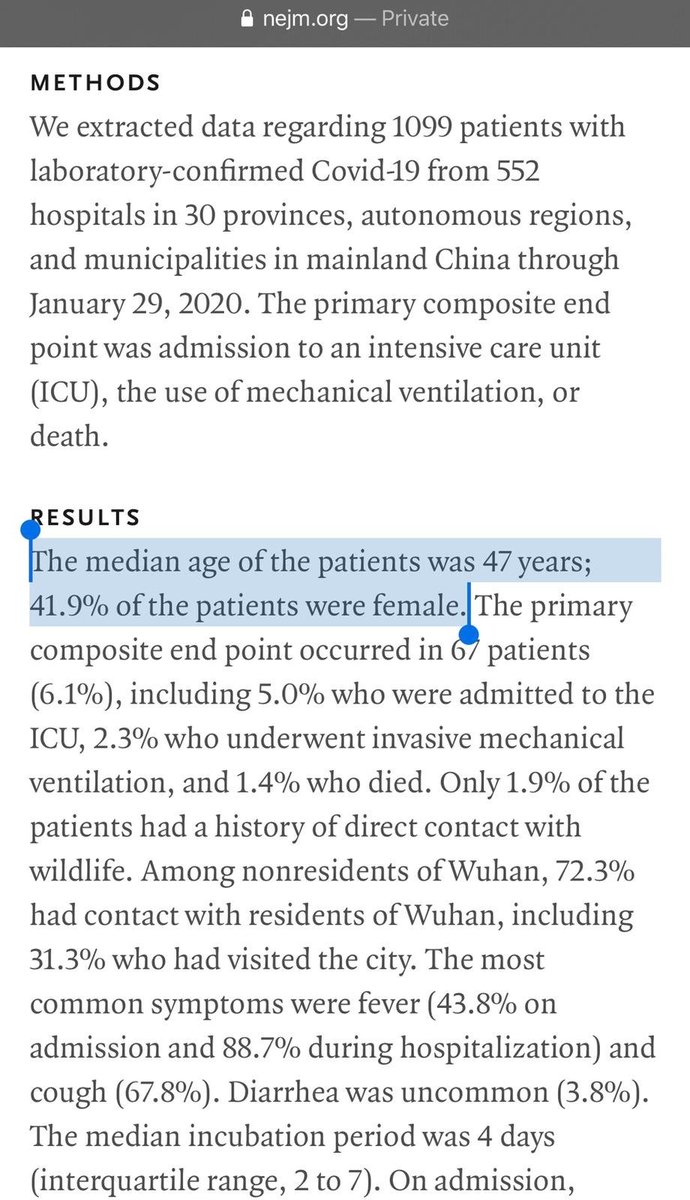
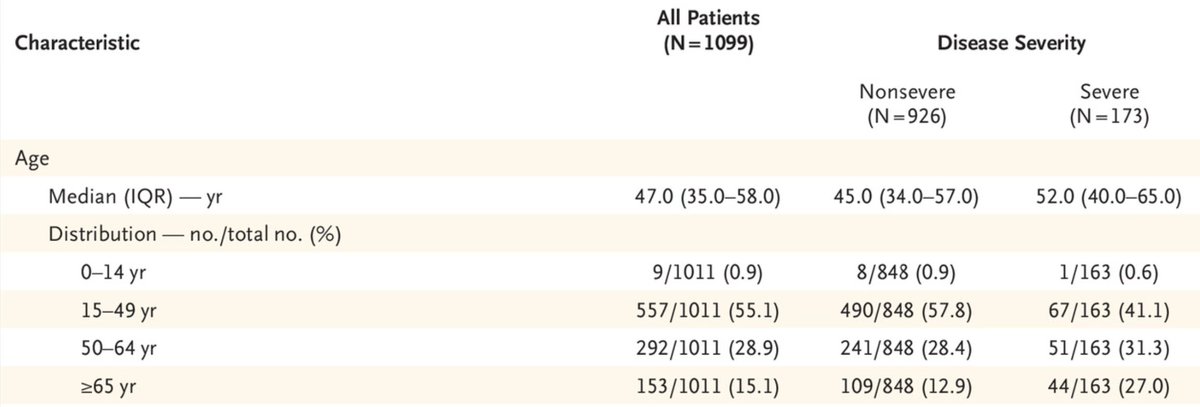
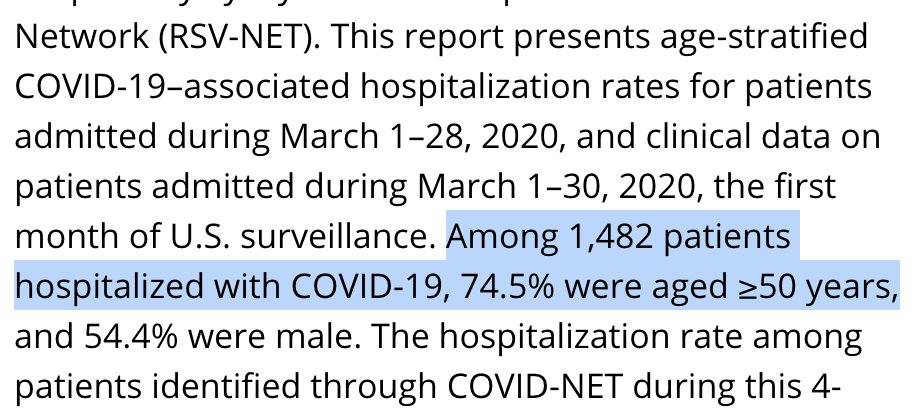
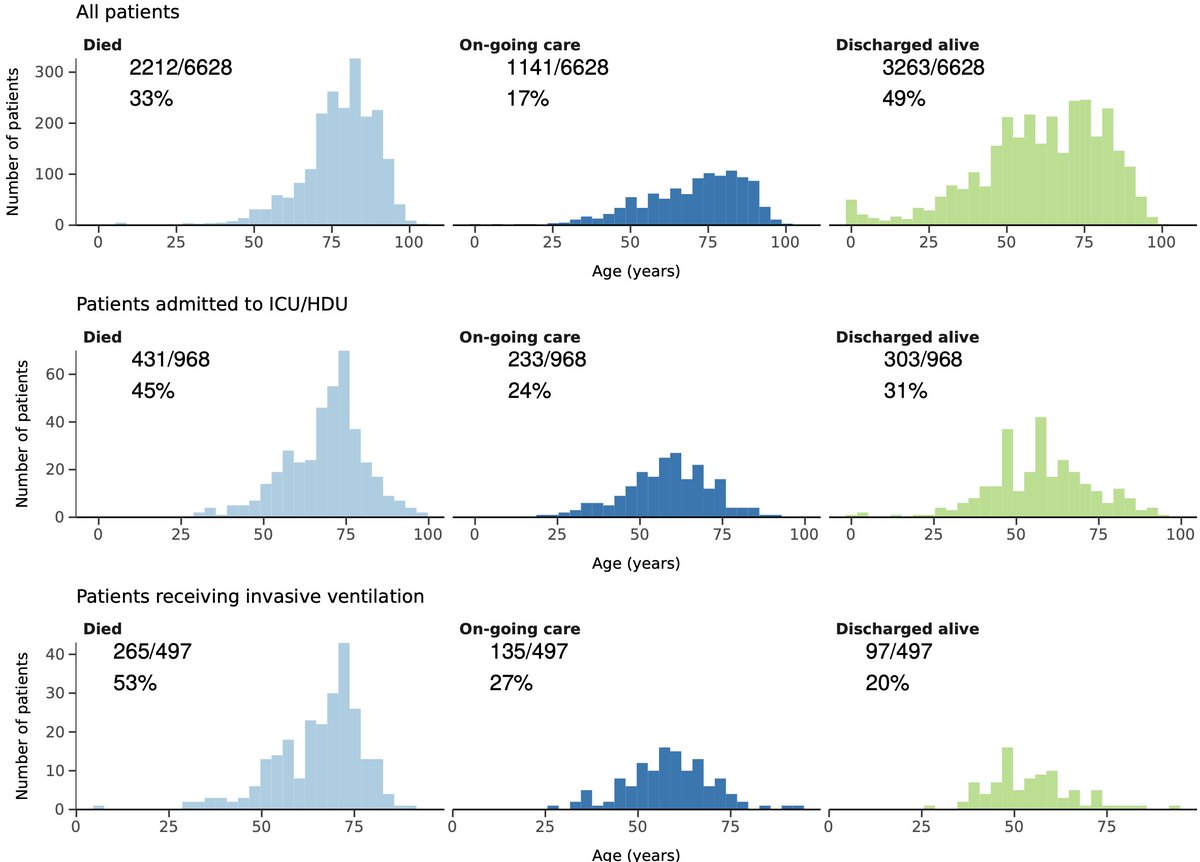
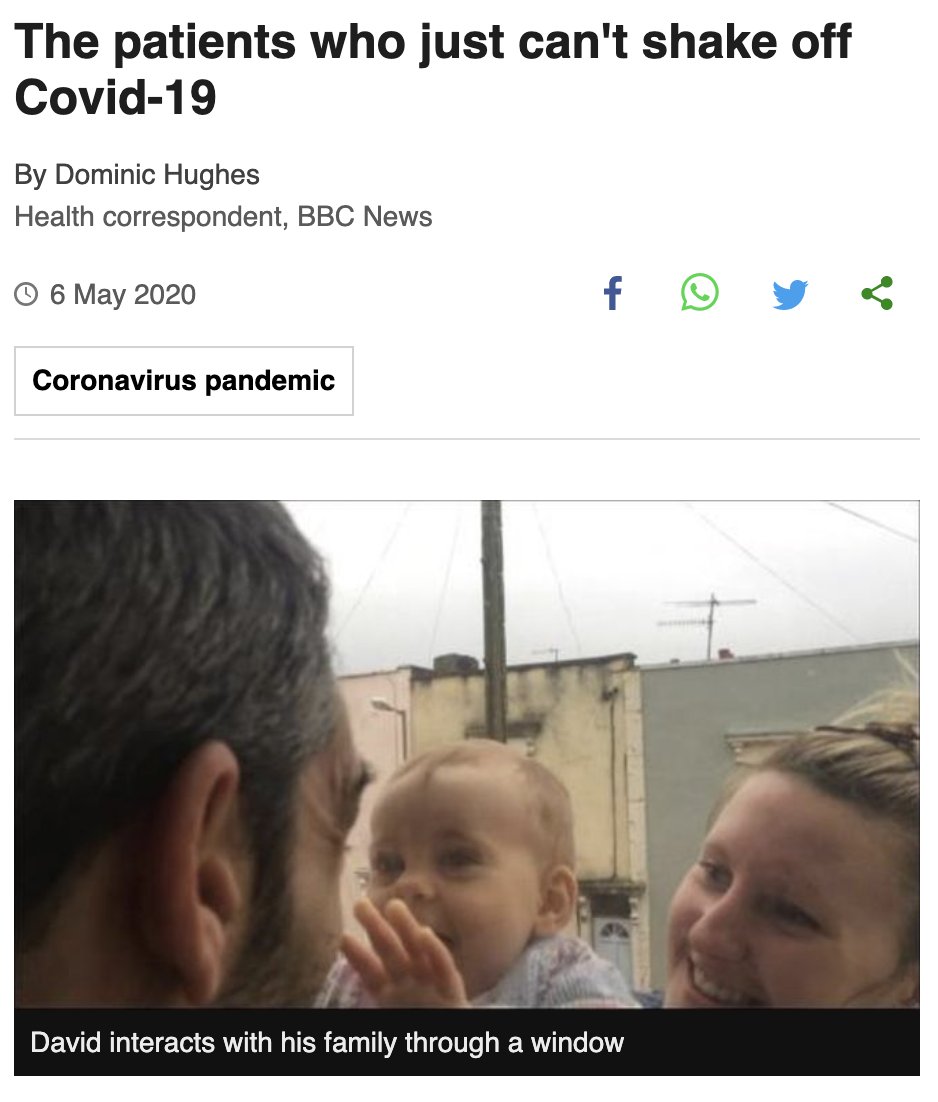
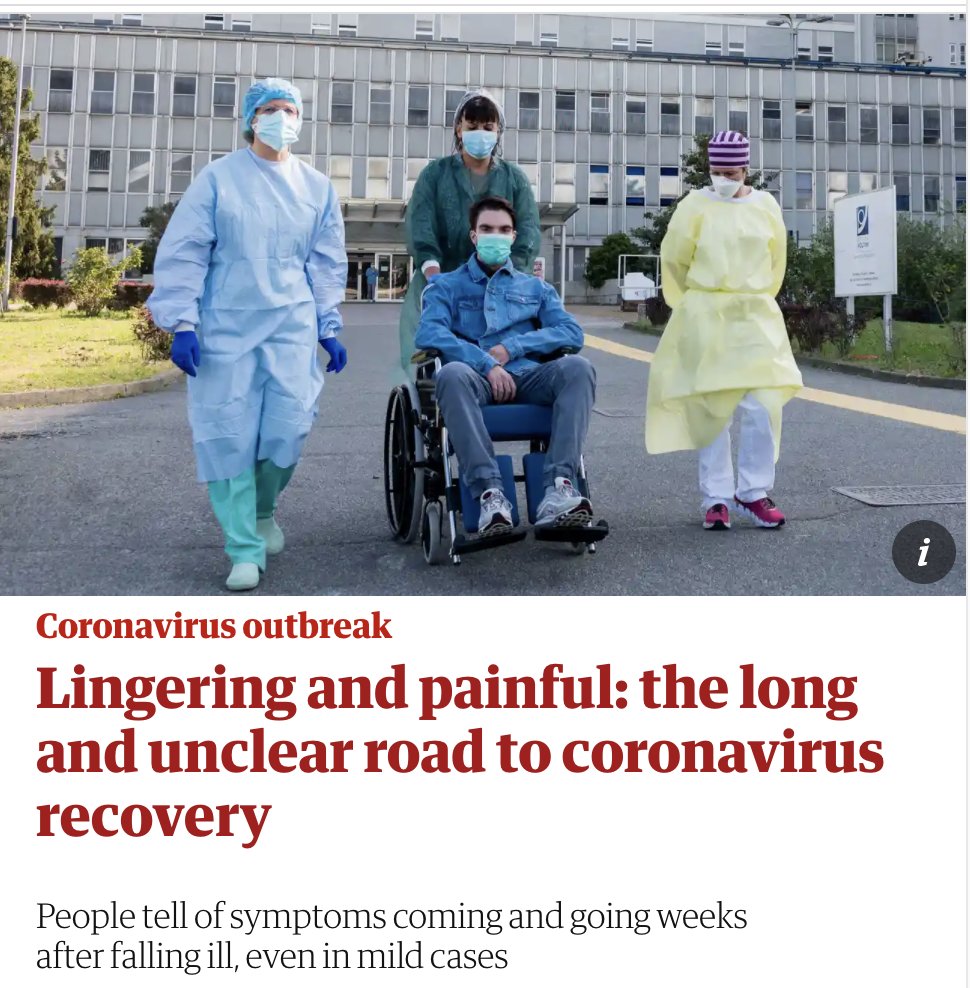
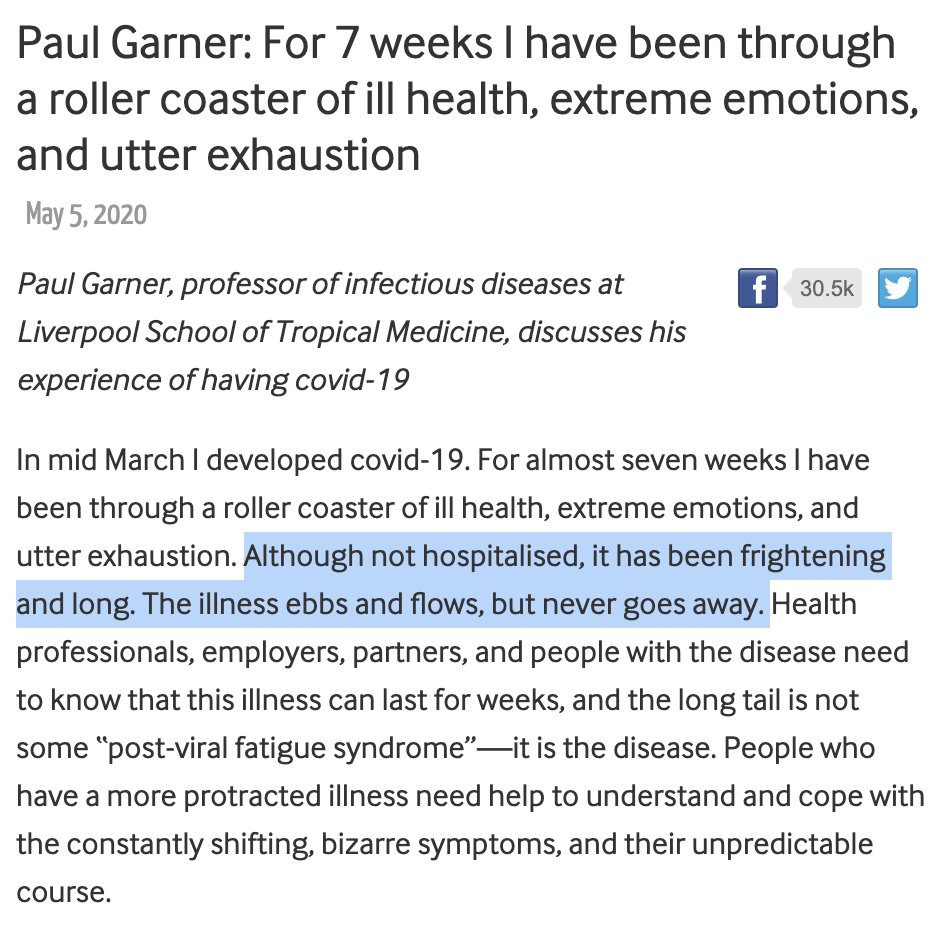
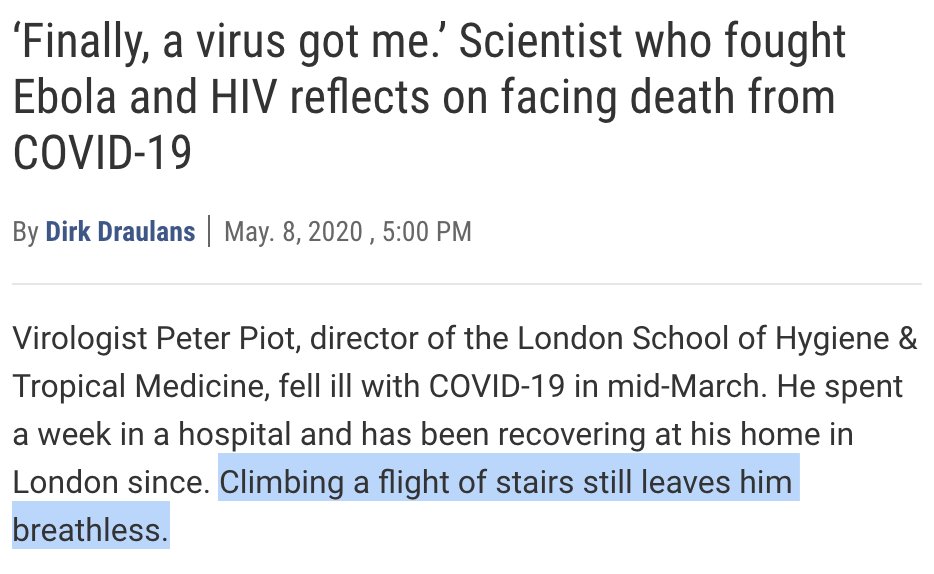
 https://twitter.com/balajis/s..." title="Finally, there& #39;s recent reports of strokes in young folks and Kawasaki-like illness in children in the US & UK.The rate is up over previous years, BUT these are still small samples and the connection to COVID-19 is still being puzzled out. So this is https://abs.twimg.com/emoji/v2/... draggable="false" alt="🤔" title="Thinking face" aria-label="Emoji: Thinking face"> https://twitter.com/balajis/s...">
https://twitter.com/balajis/s..." title="Finally, there& #39;s recent reports of strokes in young folks and Kawasaki-like illness in children in the US & UK.The rate is up over previous years, BUT these are still small samples and the connection to COVID-19 is still being puzzled out. So this is https://abs.twimg.com/emoji/v2/... draggable="false" alt="🤔" title="Thinking face" aria-label="Emoji: Thinking face"> https://twitter.com/balajis/s...">
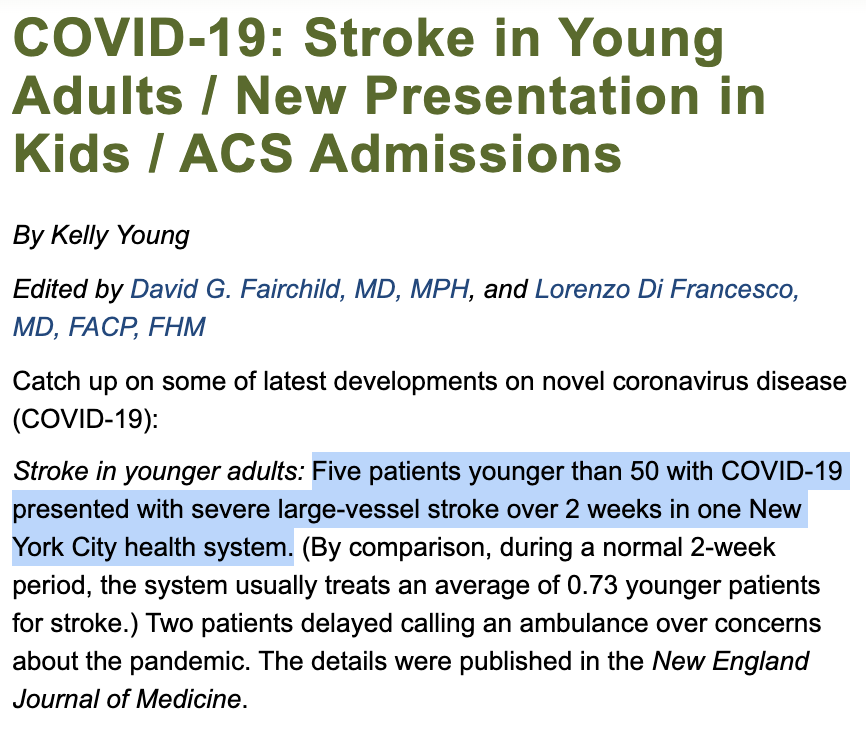 https://twitter.com/balajis/s..." title="Finally, there& #39;s recent reports of strokes in young folks and Kawasaki-like illness in children in the US & UK.The rate is up over previous years, BUT these are still small samples and the connection to COVID-19 is still being puzzled out. So this is https://abs.twimg.com/emoji/v2/... draggable="false" alt="🤔" title="Thinking face" aria-label="Emoji: Thinking face"> https://twitter.com/balajis/s...">
https://twitter.com/balajis/s..." title="Finally, there& #39;s recent reports of strokes in young folks and Kawasaki-like illness in children in the US & UK.The rate is up over previous years, BUT these are still small samples and the connection to COVID-19 is still being puzzled out. So this is https://abs.twimg.com/emoji/v2/... draggable="false" alt="🤔" title="Thinking face" aria-label="Emoji: Thinking face"> https://twitter.com/balajis/s...">
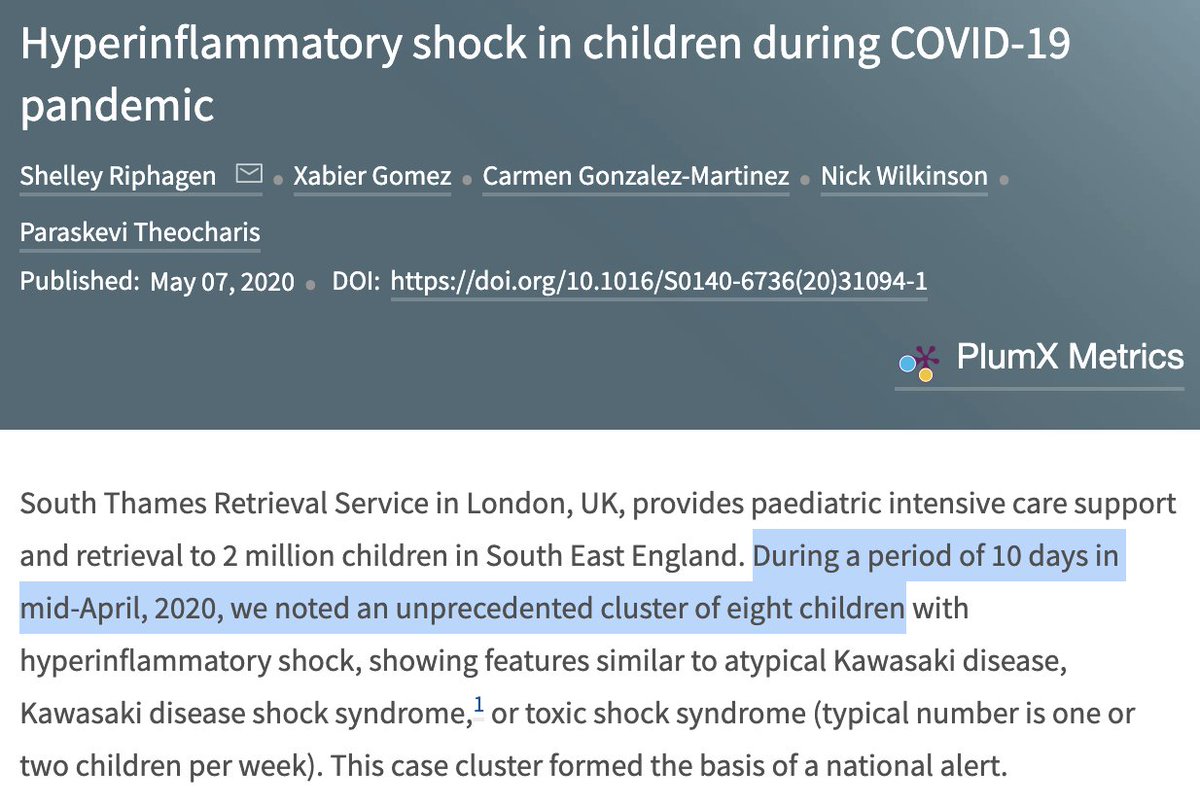 https://twitter.com/balajis/s..." title="Finally, there& #39;s recent reports of strokes in young folks and Kawasaki-like illness in children in the US & UK.The rate is up over previous years, BUT these are still small samples and the connection to COVID-19 is still being puzzled out. So this is https://abs.twimg.com/emoji/v2/... draggable="false" alt="🤔" title="Thinking face" aria-label="Emoji: Thinking face"> https://twitter.com/balajis/s...">
https://twitter.com/balajis/s..." title="Finally, there& #39;s recent reports of strokes in young folks and Kawasaki-like illness in children in the US & UK.The rate is up over previous years, BUT these are still small samples and the connection to COVID-19 is still being puzzled out. So this is https://abs.twimg.com/emoji/v2/... draggable="false" alt="🤔" title="Thinking face" aria-label="Emoji: Thinking face"> https://twitter.com/balajis/s...">
